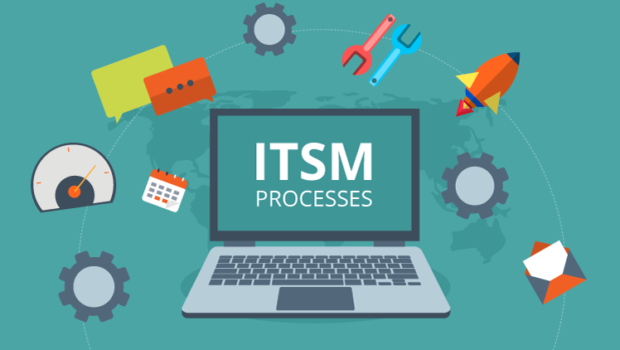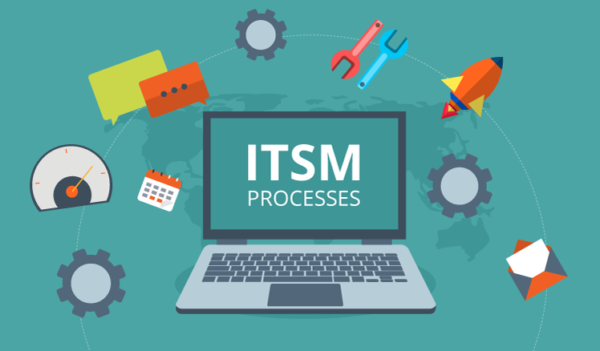The Fundamentals of ITSM — Defining Service Transition
The basics of ITSM starts by defining what service transition actually is, a lifecycle phase that handles change. In other words, it calls for replacing the old for new, while managing both internal and external and maintaining the defined standards of service quality.
Speaking from the fundamental level, the ITIL’s service transition phase constitutes some major processes including transition planning and support, service asset and configuration management, change management, change evaluation, release and deployment management, service testing and validation, and knowledge management.
As for this discussion, let’s discuss the few constituents of the phase of successful service transition for your business.
Transition planning and support
The first stage, or capability, is a set of activities that aligns with the activities of project management. A process that facilitates the service transitions and coordination among the required resources.
The important tasks of this process include manage the transition activities over the entire service system, make sure there are no conflicts, optimum quality is checked, and the appropriate policies and procedures are in action.
Service asset and configuration management
The process that helps the users to design their services in order to allow them manage their business more productivity.
If handled properly, service asset and configuration management will locate assets and create a baseline, handle the worth of the assets and related services, and create and sustain a precise historical, planned, and existing state knowledge.
Change management
As the name suggests, change management is responsible for controlling all the changes in the lifecycle, while permitting advantageous changes to occur with a negligible disruption to the original IT services.
Powerful change management also identifies and introduces new products and services either through updating or retiring in a safe, effective, and efficient manner. Furthermore, the capability will try to find the right balance between the technical changes against the benefits for the business.
Change evaluation
Change evaluation is a process that is mainly triggered by change management to analyze the significant changes in place. For example, if a new service is introduced to an existing service as a considerable change, it will be closely evaluated before permitting it to proceed to the next phase of the change lifecycle.
However, not every change qualifies to be evaluated with a considerable attention, but if the change occurs at a major or organizational level, apparently, the level of complexity or significance in the change evaluation process will be quite higher and detailed.
On paper, change evaluation mainly comes as a business case featuring the important service changes in order to provide a regular, standard source of understanding and calculating the performance of the change.
The evaluation process communicates the likely influence on the change of business results, further, on current and proposed services in the IT infrastructure, and enables the stakeholders to acquire a more laser-focused view regarding the attached benefits and challenges.
Release and deployment management
The prime purpose of release management is to see the holistic view of a change experienced by a service and make sure that all the characteristics of that particular release, both technical and business aspects, are taken together before signaling it for official deployment in the live system.
Release management signifies a key role in bringing both the IT functions and project management together, in other words, providing the results of each project to the business in the form of tangible output.
Over the course of the process, release management delivers a more structured approach for bridging the gap between the changes. The approach tests to ensure the changes are working fine, and then safely introduces them into the live environment that the organization is looking forward to.
Students enrolled in ITIL certifications will go through the above steps along with associated tips for improvement. The idea is to better understanding the IT service management and the entire process of service transition.










![Networking: What it Really Is and How to Be Good at It [Infographic]](https://technofaq.org/wp-content/uploads/2017/07/networking-what-it-really-is-and-how-to-be-good-at-it-150x150.png)

![How to turn your part-time start-up into a full-time job [Infographic]](https://technofaq.org/wp-content/uploads/2018/02/How-to-Grow-Your-Side-Hustle-Into-a-Successful-Business-150x150.png)




